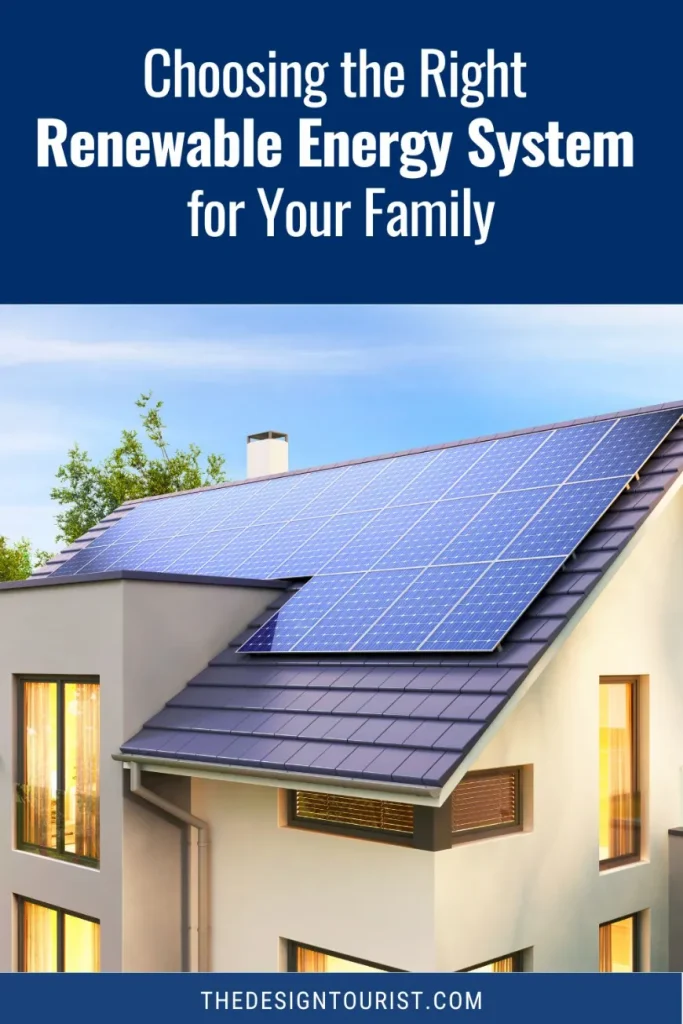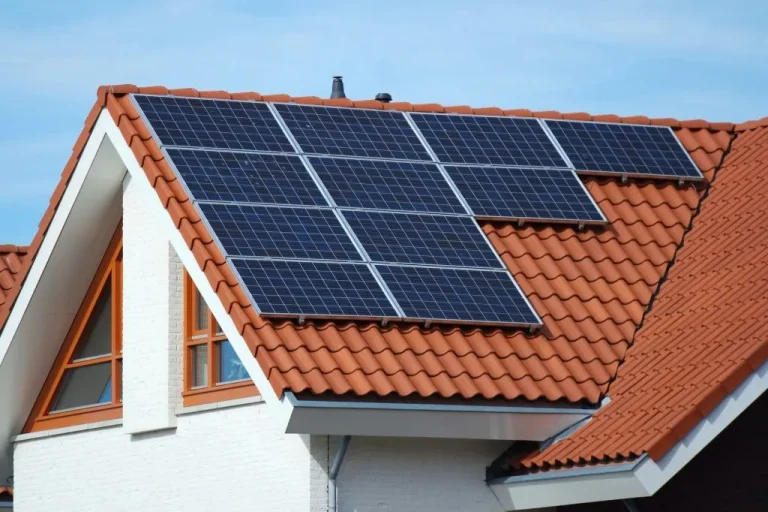As worries about climate change and increasing energy costs intensify, more families are exploring renewable energy systems to power their homes. Transitioning to renewable energy is not only an environmentally responsible choice but also a financially wise decision that can result in long-term savings. One of the most important things to consider is that you need a solar company who can meet your savings goals. Having someone come out and quote you for your system will take a little trial and error because you might not find the right company immediately. The good news is that with a little shopping around, you can get connected and literally harness the power of the sun to power your life!
However, with various options to consider, selecting the most suitable renewable energy system for your family can be challenging. Here’s a guide to help you make a well-informed choice that aligns with your family’s needs and values.
1. Understanding Your Energy Needs
The first step in choosing the right renewable energy system is to understand your family’s energy consumption. Start by reviewing your electricity bills to determine your average monthly energy usage. This information will help you assess the size and type of renewable energy system that can meet your household’s energy demands.
Consider factors such as the size of your home, the number of occupants, and your family’s lifestyle. For example, if you have a large family or frequently use energy-intensive appliances like electric heaters, air conditioners, or electric vehicles, you’ll need a system that can generate enough power to cover these needs. Conversely, smaller households with lower energy consumption may be able to get by with a smaller system.
2. Exploring Renewable Energy Options
Several types of renewable energy systems are available, each with advantages and suitability for different homes. The most common options include solar, wind, and geothermal energy.
- Solar Power: Solar energy is one of the most popular and accessible renewable energy options for families. Solar panels convert sunlight into electricity, making them ideal for homes in sunny regions. Solar systems can be installed on rooftops or on the ground, and they can be sized to meet your specific energy needs. When looking for solar panels Tucson, talk to a professional company to get a better understanding of your options. Additionally, solar power is versatile, and many systems can be paired with battery storage to provide energy even when the sun isn’t shining.
- Wind Power: Wind energy is another viable option, particularly for homes in rural or coastal areas with consistent wind patterns. Small wind turbines can be installed on your property to generate electricity. However, wind power is highly location-dependent, so it’s important to assess the wind resources in your area before committing to this option. Wind turbines also require more space than solar panels, making them less suitable for urban or suburban homes.
- Geothermal Energy: Geothermal systems use the stable temperatures below the earth’s surface to heat and cool your home. This option is highly efficient and can significantly reduce your heating and cooling costs. Geothermal systems are ideal for families looking for a reliable and low-maintenance energy solution. However, the initial installation cost is typically higher than solar or wind systems, and the system requires a large plot of land for the underground pipes.
3. Evaluating Costs and Incentives
Cost is a critical factor when choosing a renewable energy system for your family. While renewable energy systems can be expensive to install, they often lead to significant savings over time. It’s important to consider both the upfront costs and the long-term financial benefits when making your decision.
To offset the initial costs, many governments and utility companies offer incentives, rebates, and tax credits for installing renewable energy systems. These programs can make renewable energy more affordable and improve your return on investment. Be sure to research the specific incentives available in your area, as they can vary by location and system type.
4. Considering Maintenance and Longevity
Different renewable energy systems have varying maintenance requirements and lifespans. For instance, solar panels usually need minimal upkeep and have a lifespan of 25 to 30 years. Wind turbines, on the other hand, might demand more frequent inspections and maintenance, particularly in regions with harsh weather conditions. Geothermal systems also require little maintenance but may need periodic checks on the underground components. When choosing a system, consider your willingness and ability to maintain it over the long term. Investing in a system with a proven track record of durability and low maintenance can save you time, effort, and money in the long run.
5. Making the Final Decision
After evaluating your energy needs, exploring different options, and considering costs and maintenance, it’s time to make the final decision. Choose the system that best aligns with your family’s energy consumption, budget, and sustainability goals. Consulting with a renewable energy professional can also help you make an informed choice, as they can provide insights into the best options for your specific situation.
Conclusion
Selecting the appropriate renewable energy system for your family is an important decision that involves thoroughly assessing your energy requirements, budget, and long-term objectives. By exploring the available options and weighing their advantages, you can make a decision that fulfills your household’s energy needs while promoting a more sustainable and eco-friendly lifestyle. Adopting renewable energy is an effective strategy to minimize your environmental impact, reduce costs, and secure a brighter future for your family.

More Energy Saving Tips For You:
Harnessing The Sun’s Power To Cool Your Home
How To Turn Your Home Into Energy Efficient Sanctuary
Saving Money On Water At Home
Choosing the Right Flat Roofing System for Your Home or Business


































